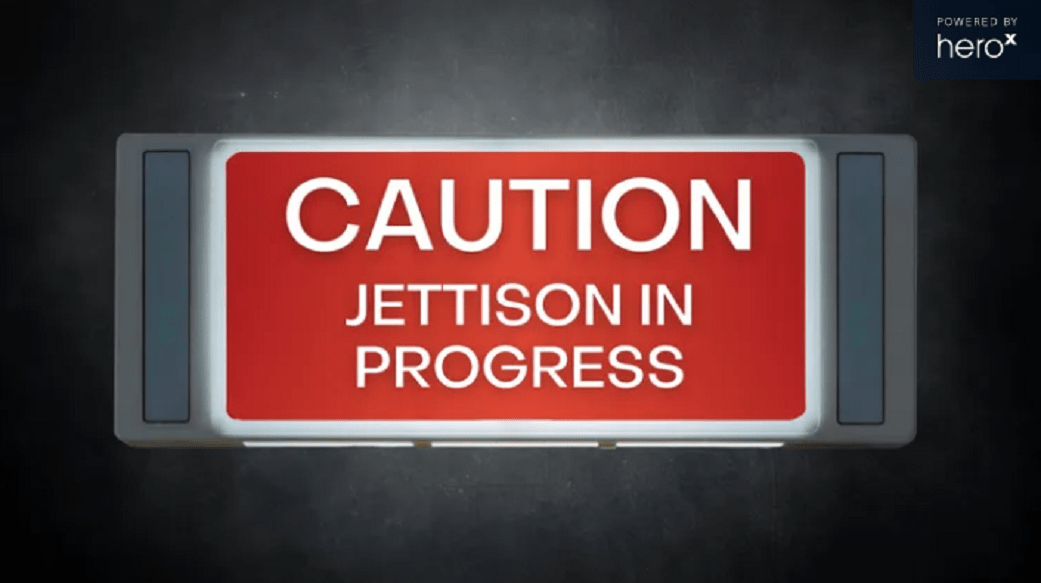by Philip Suah
NASA has selected five winners for the Waste Jettison Mechanism Challenge. The challenge asked participants to design technologies capable of ejecting non-recyclable waste that would be produced during a crewed Mars mission.
Missions to Mars and back are expected to take two to three years. During these long trips, astronauts will generate a lot of waste – about 550 gallons — but will not have the benefit of on-demand resupply missions to deliver supplies or remove trash. Non-recyclable waste could take up critical crew habitat volume and mass, and some waste products may pose risks to the spacecraft and crew. Controlled jettison operations could effectively mitigate these risks and avoid creating hazards or contaminants, while maximizing livable volume and increasing fuel efficiency for the spacecraft.
The challenge launched in February 2022, and garnered participation from 28 teams and more than 300 collaborators worldwide. The winners will share a prize purse of $32,000.
First place winner: Tossed In Space: Scissor-Spring-Shot by Jason McCallister
Second place winner: Simple Solutions Top Complexity for Simple Tasks by Craig Payne
Third place winner: (S-VEL Series) Secure Variable Energy Launcher by Team Hyper Group
Fourth place winners: CO2 Trash Launcher by Jeff Morse and Spring Loaded Ejection Mechanism (SLEM) by team Aggie Aeros
The challenge was funded by NASA’s Space Technology Mission Directorate (STMD). HeroX administered the challenge. The NASA Tournament Lab, part of the Prizes, Challenges, and Crowdsourcing program in STMD, managed the challenge. The program supports public competitions and crowdsourcing as tools to advance NASA research and development and other mission needs.
Learn more about opportunities to participate in your space program via NASA prizes and challenges at:



























